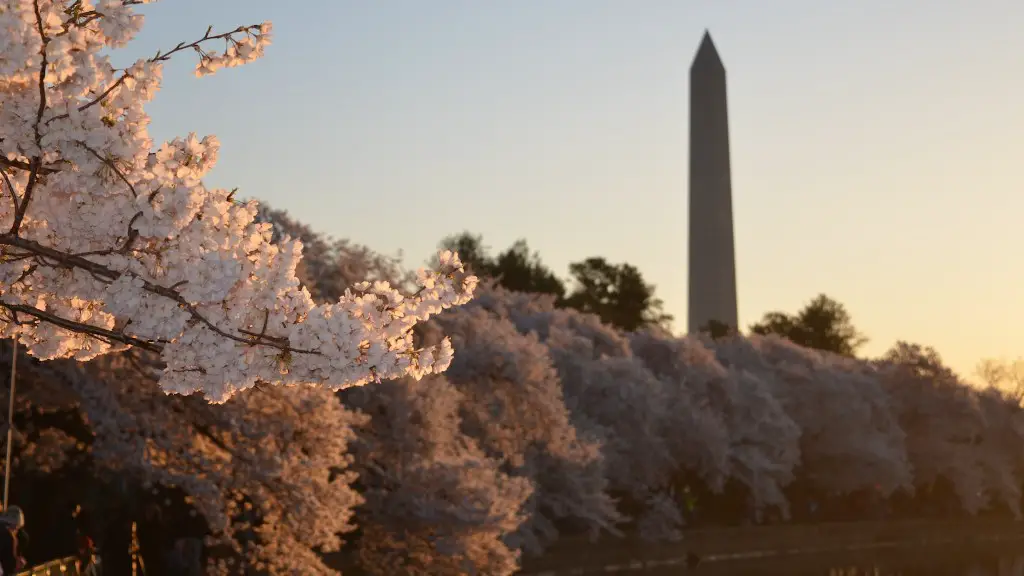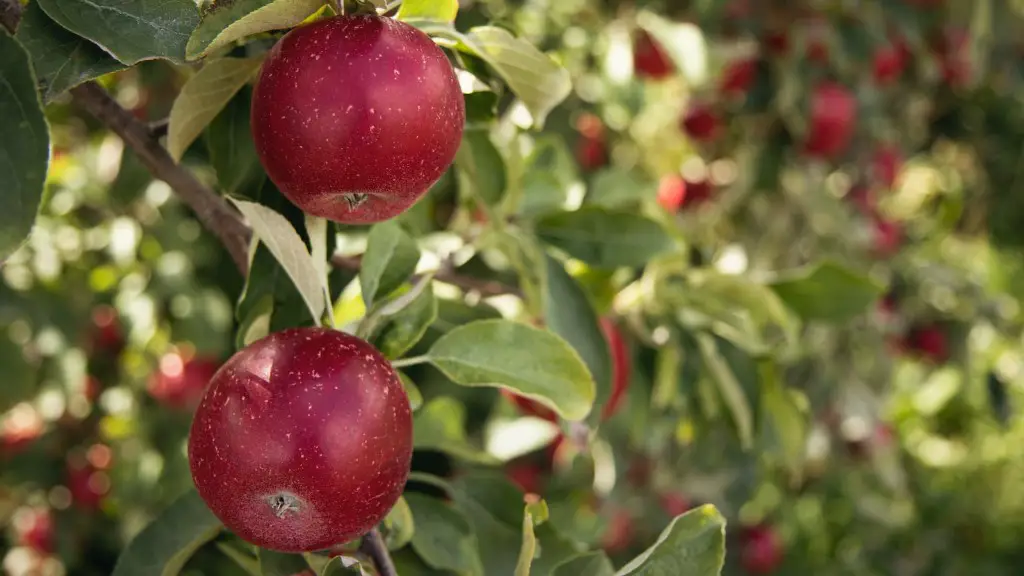Cherry tree species
Planting a cherry tree from a pit can be a delightful, rewarding experience—not to mention a delicious one. It all starts with finding the right species of cherry tree. Generally speaking, there are three main types of cherry trees grown from pits: sweet cherries, sour cherries, and hybrid cherries. Sweet cherries are usually eaten as fresh fruits, whereas sour cherries are more commonly used for cooking, baking and preserving. Hybrid cherries are a blend of the two andare often chosen for their hardiness and resistance to disease.
Preparing the pit
It is important to prepare the pit correctly before planting; this will help ensure successful growth of the tree. After removing the pit from the cherry, you should take off any remaining fruit flesh and clean it in warm water. The pit should then be placed in a bucket or bowl of water and soaked for around 48 hours. It is best to discard any pits that float during this stage as these will not be viable.
Planting the pit
The best time to plant the pit is in the spring, as this is the optimal season for growth. A sunny and sheltered spot should be chosen so that the tree does not get too much exposure to the elements. Make sure to dig a hole that is big enough to take the pit, watering it thoroughly before carefully planting. Cover the pit with soil and water again to complete the process.
Caring for the tree
It is important to ensure that the tree has all the necessary elements for growth and to ward off potential diseases. UK experts recommend mulching around the base of the tree and pruning at least once a year. Watering the tree regularly is essential and applying a dose of winter fertilizer during the colder months can help the tree flourish.
Be patient
It can take several years for a cherry tree planted from a pit to begin bearing fruit, so it is important to be patient. Depending on the species and local climate, fruiting may take anywhere from five to ten years. To ensure healthy production, prune away any fruits that have not yet ripened and any dead or diseased branches.
Pest control
Although cherry trees grown from pits are typically resistant to many diseases, this does not mean they are immune from pests. Aphids and mites can cause major damage in gardens and orchards, and it is advisable to deal with these as soon as possible. Natural methods of pest control are preferable; these include neem oil and ladybugs.
Harvesting the fruit
When it comes to harvesting the fruit, timing is key. In the UK, cherries are usually ready to be picked from late June to early July. To make sure the fruit is ripe, taste one off the tree – if it is sweet, you’ll know it’s ready. Ideally, the cherries should be picked in the morning after the dew has dried. A picking bucket is essential to ensure the fruit remains in good condition.
Preparing the fruit
Once the cherries have been picked, there are a number of ways to use them. The flesh can be eaten raw, cooked into pies and cakes, made into jams and jellies, or frozen for later use. If you’d like to store the cherries for longer, the easiest way is to dry them by spreading them out on a tray and leaving them in the sun.
Pruning the tree
Pruning is an essential part of ensuring long-term health of the tree, and should be done by an experienced gardener. Pruning helps to keep the tree in good shape, as well as stimulating new growth and aiding fruiting. When pruning, be sure to use sharp, clean tools and remove any dead or diseased branches.
Cherry tree diseases
Cherry trees are susceptible to a number of fungal and bacterial diseases, including leaf spots, cankers, and root rot. While these diseases can often be managed with timely treatment, prevention is always better than cure. To help prevent disease, water in the morning and whenever the soil is dry and remove any infected parts as soon as possible.
Preparing the soil
The soil where the tree is to be planted plays a vital role in the success of the tree. It should be rich in organic matter like compost, and adequate drainage is essential to prevent root rot. To encourage the best growth, aim for a soil pH of 6.5-7.0 before planting.
Maintaining the tree
Cherry trees require regular maintenance to ensure they remain healthy and productive. After the first year, feed the tree with a slow-release fertilizer in the spring. Mulch around the root zone to improve soil quality, protect against weeds, and add vital nutrients to the soil.



